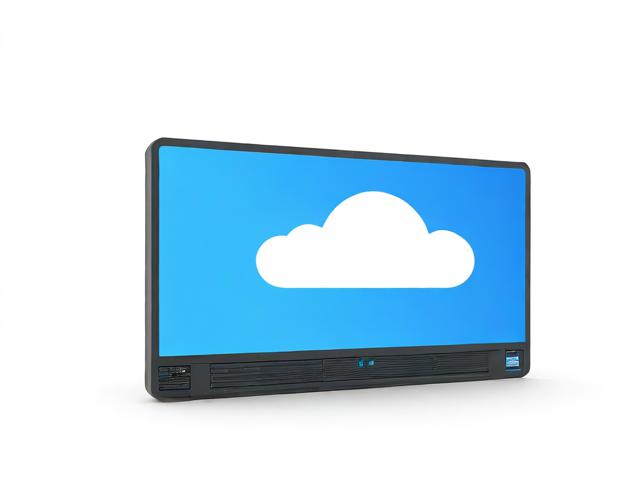ASPNET如何实现固定标题列与栏位的具体操作?
- 行业动态
- 2025-03-08
- 3
DataGridView的 Columns属性,添加列并设置其 HeaderText为固定标题。,2. 在数据绑定时,确保数据源与列对应。,3. 若需固定栏位,可在 CellPainting事件中自定义绘制。
在ASP.NET中实现固定标题列与栏位的具体方法有多种,以下是两种常见的实现方式:
一、使用GridView控件结合JavaScript插件
1、前端页面设置
引入必要的文件:需要引入jQuery库、jQuery UI以及gridviewScroll插件的JavaScript文件和CSS文件,这些文件可以从相关网站下载或通过CDN引入。
<link href="https://cdn.jsdelivr.net/npm/gridviewscroll@1.0.0/css/jquery.gridviewscroll.css" rel="stylesheet">
<script src="https://cdn.jsdelivr.net/npm/jquery@3.6.0/dist/jquery.min.js"></script>
<script src="https://cdn.jsdelivr.net/npm/gridviewscroll@1.0.0/js/jquery.gridviewscroll.min.js"></script> 定义GridView控件:在ASP.NET页面中,定义一个<asp:GridView>控件,并设置其相关属性,如AutoGenerateColumns设置为false,以便手动定义列。
<asp:GridView ID="GridView1" runat="server" AutoGenerateColumns="false">
<Columns>
<!-在这里定义列,如BoundField、TemplateField等 -->
</Columns>
</asp:GridView> 添加容器元素:为了能够正确获取GridView的高度和宽度,建议将GridView放置在一个特定的容器元素(如<div>)中。

<div id="divservic" style="width:100%; height:220px;">
<asp:GridView ID="GridView1" runat="server" AutoGenerateColumns="false">
<!-列定义 -->
</asp:GridView>
</div> 2、后端代码处理
绑定数据到GridView:在后台代码中,创建数据源(如DataTable),填充数据,并将数据绑定到GridView控件。
protected void Page_Load(object sender, EventArgs e)
{
if (!IsPostBack)
{
DataTable t = new DataTable();
// 填充表结构,
t.Columns.Add("序号", typeof(int));
t.Columns.Add("材料", typeof(string));
t.Columns.Add("单价", typeof(decimal));
// 填充数据...
GridView1.DataSource = t;
GridView1.DataBind();
}
} 3、初始化gridviewScroll插件:在页面加载完成后,使用JavaScript初始化gridviewScroll插件,设置GridView的宽度、高度以及要固定的列数等参数。
<script type="text/javascript">
$(document).ready(function() {
var gridWidth = $("#divservic").width();
var gridHeight = $("#divservic").height();
var headerHeight = $("#divHeader").height(); // 假设有一个头部元素
gridHeight = gridHeight headerHeight;
$('#<%=GridView1.ClientID%>').gridviewScroll({
width: gridWidth,
height: gridHeight,
freezesize: 4 // 控制头几列不动
});
});
</script> 1、前端页面设置

定义GridView控件和固定标题表格:在ASP.NET页面中,除了定义一个用于展示数据的GridView控件外,还需要定义一个额外的表格用于显示固定标题。
<asp:GridView ID="GridView1" runat="server" AutoGenerateColumns="false">
<!-列定义 -->
</asp:GridView>
<table id="fixedHeader" runat="server" style="position: relative; z-index: 1;">
<!-这里将在后台代码中动态生成行和单元格 -->
</table> 2、后端代码处理
绑定数据到GridView:同样,在后台代码中创建数据源并绑定到GridView控件。
生成固定标题表格内容:遍历GridView的列,为固定标题表格生成相应的行和单元格,并设置其文本为列名。

protected void CreateFixedHeader()
{
foreach (DataControlField col in GridView1.Columns)
{
TableRow headerRow = new TableRow();
TableCell headerCell = new TableCell();
headerCell.Text = col.HeaderText;
headerRow.Cells.Add(headerCell);
fixedHeader.Rows.Add(headerRow);
}
} 调用生成固定标题的方法:在Page_Load事件或其他合适的事件中调用CreateFixedHeader方法来生成固定标题表格的内容。
protected void Page_Load(object sender, EventArgs e)
{
if (!IsPostBack)
{
// 绑定数据到GridView
// ...
CreateFixedHeader();
}
} 3、CSS样式调整:为了使固定标题表格在页面滚动时保持可见,需要为其添加适当的CSS样式,如设置position: absolute、z-index等属性。
#fixedHeader
{
position: absolute;
top: 0;
left: 0;
z-index: 1000;
width: 100%; / 根据需要调整宽度 /
} 两种方法都可以实现ASP.NET中固定标题列与栏位的功能,第一种方法相对简单快捷,但依赖于外部插件;第二种方法则更加灵活,可以根据具体需求进行定制。
















